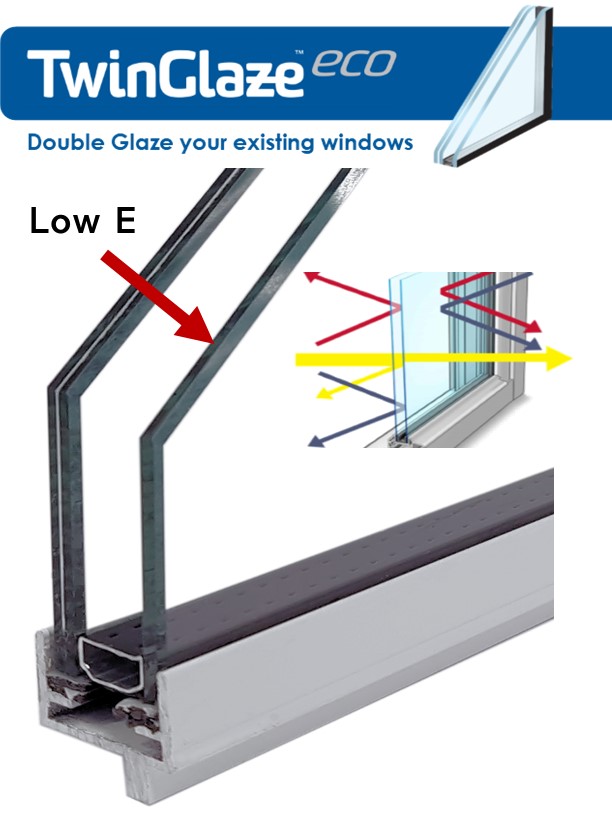All Categories
Featured
Table of Contents
Solace Creations: Home in Henley Brook Perth
Laminated glass is typically used in locations in the house most prone to injury from human impact such as bathrooms, doors, around staircases and in areas close to the floor (it fulfills the requirements of 'shatterproof glass' that is mandated for usage in these areas by Australian Basic AS 1288 Glass in structures).
Toughened glass has been 'tempered' by being reheated and quickly cooled once again. This process makes it much more powerful than basic glass it can resist greater effect loads before breaking. It likewise makes it more secure due to the fact that, when it does shatter, it gets into many little cubic pieces rather than harmful shards.
Single, Double Or Secondary Glazing, Which Is The Best ... in Mt Helena Western Australia
Toughened glass has no thermal or acoustic advantages over other glass of the same toning or thickness. Secondary glazing is where single-glazed windows are retrofitted with a transparent acrylic or glass sheet connected to the within of the frame or openable sash with a secondary frame or with magnetic strips.


Secondary glazing will not carry out also thermally as a made IGU, considering that it is impossible to totally seal the perimeter, however it can offer good noise control. Window films are a thin polymer film containing a soaking up color or reflective metal layer, with an adhesive backing. They adhere to your glazing to change its colour or make it reflective.
Home Window Glazing - Sustainability Victoria in Churchlands Western Australia
Applied to existing glass, some window films can halve the total SHGC of the window by taking in and/or reflecting solar radiation. This can be especially helpful in hotter environments where cooling is the primary issue, or on east and west elevations straight exposed to long durations of sunlight. Window films might also reduce visible light transmittance.

For this reason, it is usually best to use a certified installer of window film. Frames have a considerable impact on the thermal efficiency of doors and windows, because energy can be acquired and lost through the frame, in addition to through the glass. Various kinds of frame will allow various levels of heat gain and loss, so cautious option of frame is necessary for effective passive design.
The Ultimate Guide To Double Glazed Windows in Daglish WA
Nevertheless, aluminium is also a really excellent conductor of heat and will reduce the insulating value of a glazing system, unless particularly engineered to lower this. A 'thermally broken' frame is made up of 2 aluminium sections linked by a structural insulator (usually a low-conductivity structural polymer). This 'breaks' the thermal connection through the aluminium and decreases the heat streaming through the frame.
Wood frames are a good natural insulator that can fit some house styles. Wood frames ought to be made from types that have naturally high durability or be dealt with to prevent decay and deformation.
Window Glazing For Households - Energy in Munster Perth
(weather removing) is set up.
u, PVC doors and windows have outstanding thermal efficiency Photo: Ben Wrigley (Light Home Architecture and Science) Composite frames utilize aluminium profiles on the external sections with either a lumber or u, PVC inner section. These combine the low maintenance and sturdiness of aluminium with much enhanced thermal performance.
Latest Posts
Double Glazed Windows: A Complete Guide in Sorrento Western Australia
Faq in Wellard Western Australia
Will Triple Glazing Make My House Warmer? in Darling Downs Perth